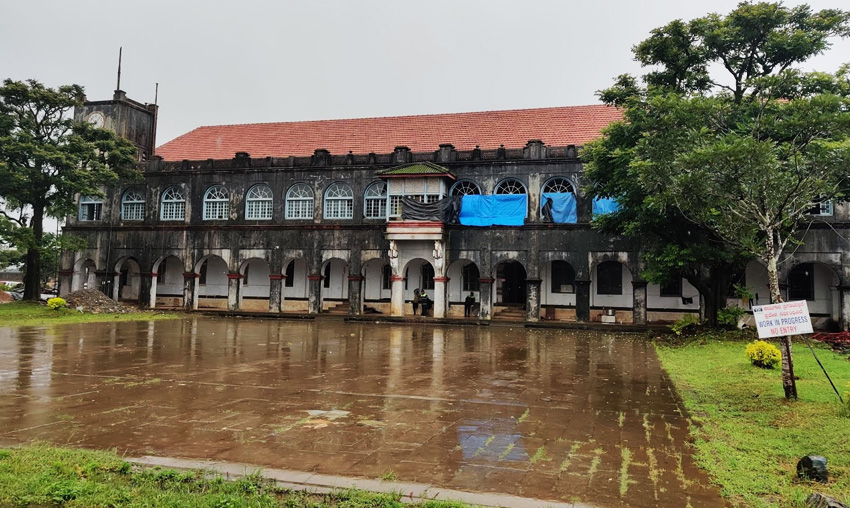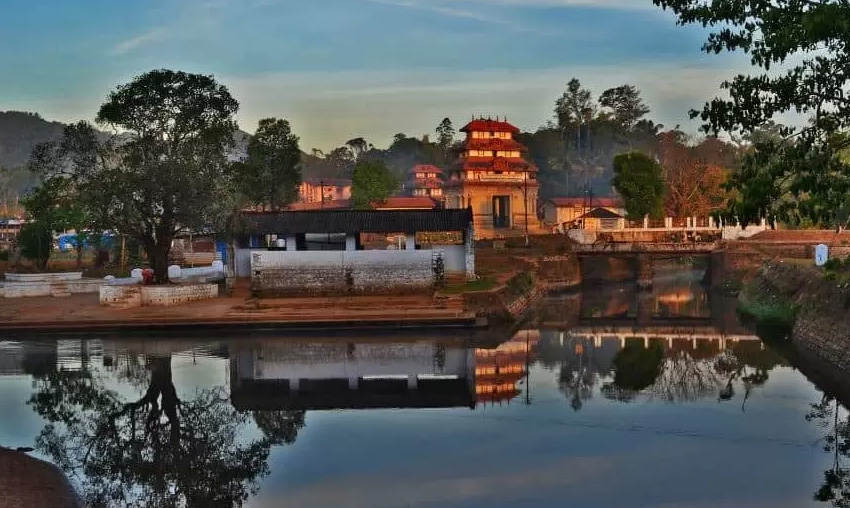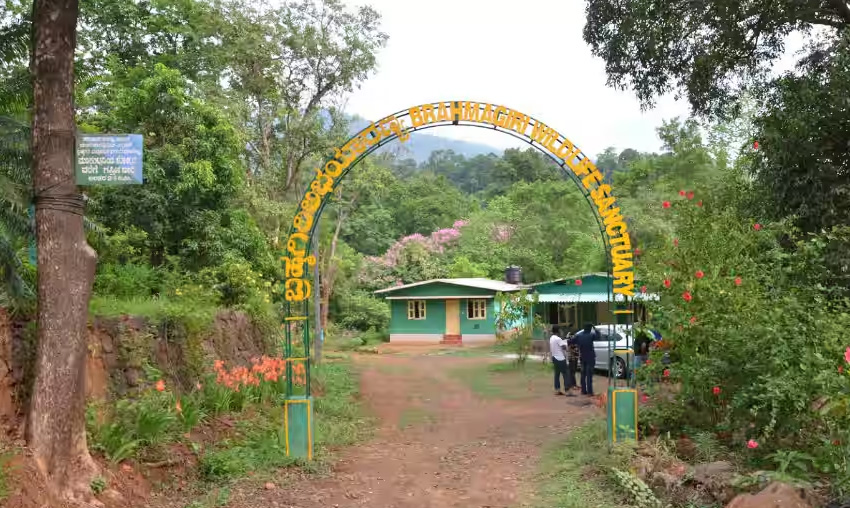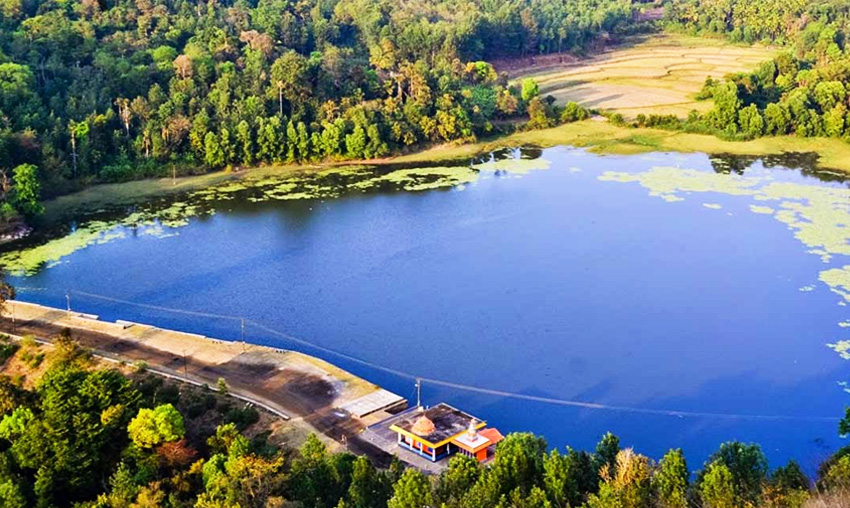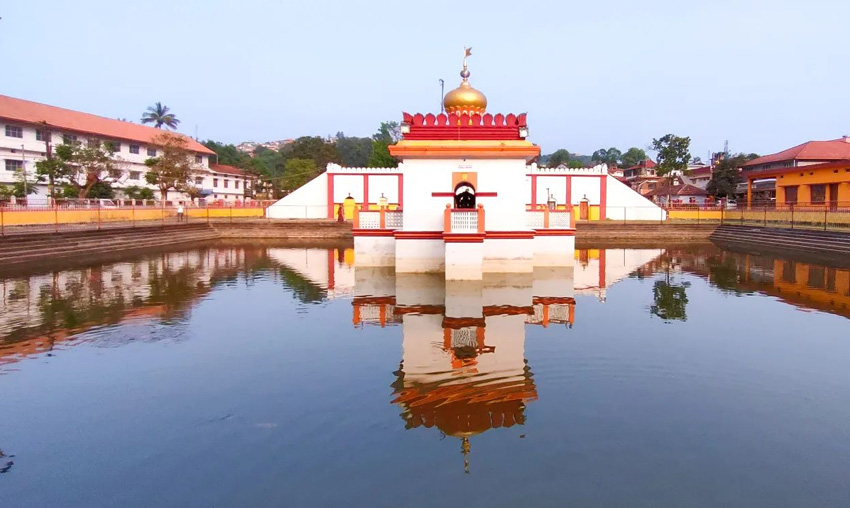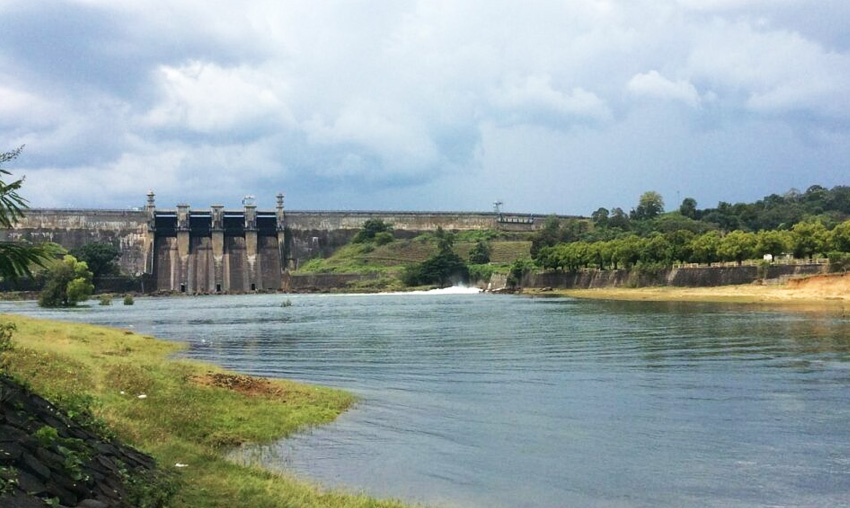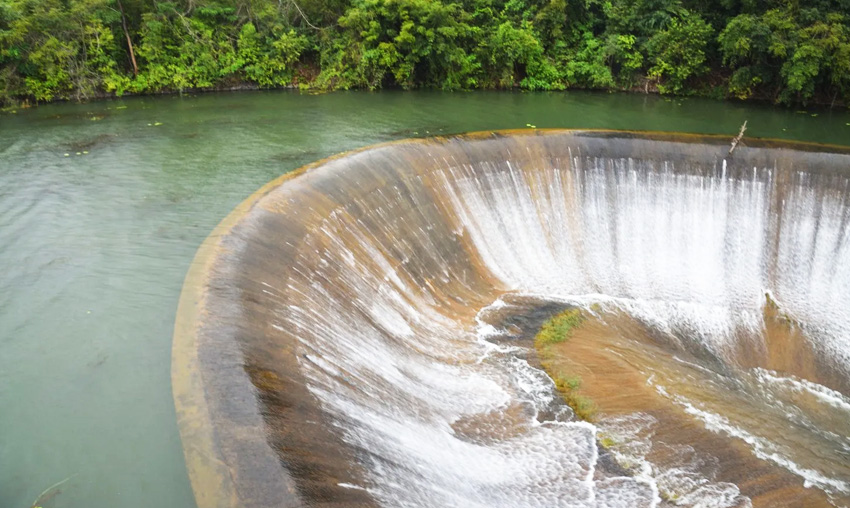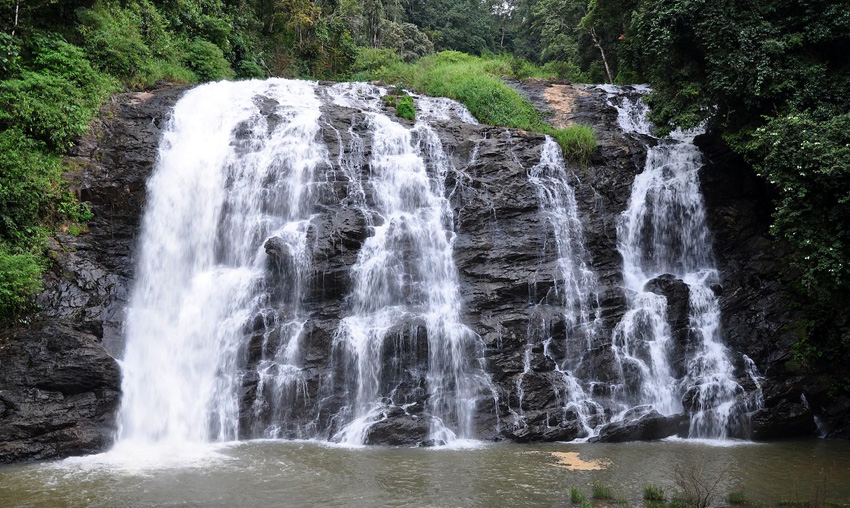Madikeri Fort Coorg Entry Fee, Timings, History & How to reach
One of the most visited sites in Coorg, Karnataka, is the Madikeri Fort. The magnificent fort, which is located in the heart of Madikeri town, provides visitors with information about Coorg’s past. The fort’s raised buildings offer expansive views of the town as well.
The monarch of the time, Muddu Raja, originally built this historic fort in the later part of the seventeenth century when he announced Madikeri as the new capital of Coorg. After Tipu Sultan took control of this fort, it changed hands several times. As a result, the fort’s design and structure also underwent considerable modifications, the British making the most significant. In addition to other tourist attractions, the Madikeri Fort currently houses the deputy commissioner’s office. These include a museum, significant relics, pictures, and life-sized elephants at the entryway.
History of Madikeri Fort, Coorg
When Madikeri was chosen as the new capital of Coorg in the second part of the 17th century, the Madikeri Fort was built by Muddu Raja, the then-king of Coorg. The fort had been built of mud, and he also added a palace inside the main building. After taking control of the fort, Tipu Sultan had it completely reconstructed out of granite and gave the location the name Jaffarabad.
Dodda Vira Rajendra seized the Madikeri Fort in 1790. In 1812 and 1814, Linga Rajendra Wodeyar II made additional renovations to the building. The British eventually acquired it and proposed a few modifications to the main framework. A Virabhadra temple was once located within the imposing fort, but it was demolished to provide room for an Anglican church. Originally called the St. Marks Church, it was constructed in 1855 using Gothic design and included stained glass windows.
Architecture and Structure of Madikeri Fort, Coorg
The Madikeri Fort is a superb illustration of amazing building types and architectural designs. As soon as one approaches the fort complex, they are greeted by two life-size, stone replicas of elephants in the northeast corner. The palace inside the fort has a huge, roomy architectural design. It has a total length of 110 feet and two stories. While doing renovations to the fort in 1933, the British constructed a massive clock tower. The commissioner’s car was likewise constructed with a porch for secure parking. The Madikeri Fort also has a sculpture of a tortoise with King Vijayarajendra’s initials engraved on it.
The large fort contains a tiny square mandapa that was constructed of stone and further embellished by the lovely surroundings. It is thought that the kings who formerly occupied the fort preferred to unwind in this mandapa. The mandapa often attracts to all tourists because it is situated on high ground and offers expansive views of the surroundings to the west. It is thought that the powerful fort also has several hidden corridors and pathways, which heightens the mystique and draws tourists in.
Madikeri Fort Museum
Visitors to the Madikeri Fort are drawn to a number of attractions. The church-turned-museum inside the fort’s grounds is arguably its most fascinating feature. The East India Company’s executives raised what is now known as the St. Marks church, and the Government of Madras provided funding for its construction. The church was closed after the nation gained independence, and in 1971 the Government of Madras took charge. Later on, it was transformed into a museum.
The Madikeri Fort Museum, maintained by the Karnataka State Archaeological Department, is located within the fort today. The portrait of Kodagu’s most notable figure, Field Marshal K. M. Cariappa, is one of the museum’s many artefacts with historical associations, particularly with the British rule. Additionally, it conserves antiques and relics related to the fort.
Other Attractions at Madikeri Fort, Coorg
In addition to the Madikeri Fort Museum, the Madikeri Fort is home to the District Prison, the Mahatma Gandhi Public Library, and the Kote Maha Ganapathi Temple. The most frequented and regarded as the oldest section of the fort is the Kote Maha Ganapathi temple.
How To Reach Madikeri Fort, Coorg
The Madikeri Fort is conveniently accessible by public transit from practically anyplace in the town because it is situated in the heart of Madikeri.
Madikeri Fort Coorg Timings
| Day | Timing |
|---|---|
| Monday | Closed / Holiday |
| Tuesday | 10:00 am – 5:30 pm |
| Wedesday | 10:00 am – 5:30 pm |
| Thursday | 10:00 am – 5:30 pm |
| Friday | 10:00 am – 5:30 pm |
| Saturday | 10:00 am – 5:30 pm |
| Sunday | 10:00 am – 5:30 pm |
